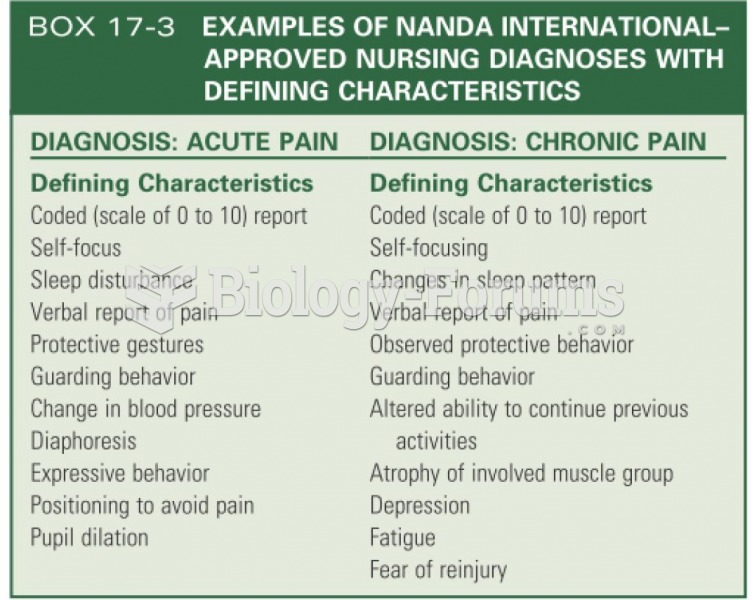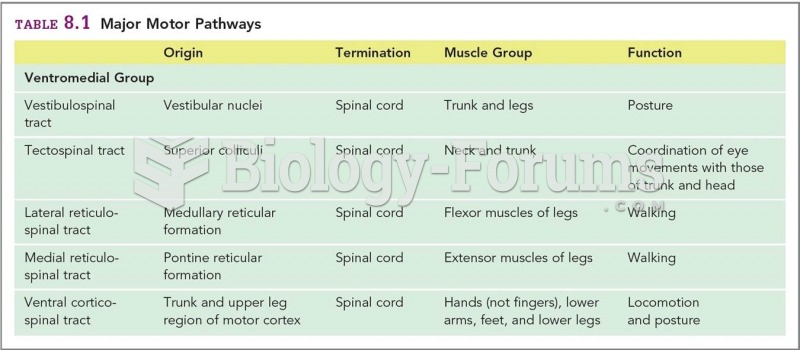Answer to Question 1
Primary grade children tend to be quite active and may become fidgety when required to engage in relatively lengthy tasks that require them to be quiet and contemplative. Because of their high activity level, they are likely to become fatigued. Fine muscle control is still in the process of developing, particularly among boys. Finally, because primary grade children are confident of their motor skills, they often underestimate the risk involved in physical activities and are prone to injury.
Given these characteristics, primary grade teachers should allow a higher level of activity than teachers of older students would permit, allow a couple of recess breaks each day, design seatwork activities that can be completed in a relatively short period of time, schedule periods of quiet and relaxing activities after strenuous ones, minimize tasks that require extensive use of small muscle control (such as writing), keep reading activities short to reduce stress on visual focusing, and formulate playground rules that either forbid or discourage activities that are likely to lead to injuries.
Answer to Question 2
Discovery learning was one of Jerome Bruner's ideas for improving school learning. Bruner maintained that traditional approaches to instruction focus too much on preselected and prearranged materials that result in learning that does not generalize beyond the classroom. Rather, he believed that teachers should confront students with problems and help them seek solutions independently, or through group discussions. In his theory, the most important things that students can learn are to discover how ideas relate to each other and to their existing knowledge, and how to independently solve problems. This is best accomplished through personal discovery. This is a constructivist approach to learning, which emphasizes the individual's interpretation and creation of ideas based upon past experience and current interactions with the learning environment. By contrast, traditional educational practice reflects a transmission model. A subject-matter expert (the teacher) provides to novices (students) a predetermined body of knowledge, often in the absence of a meaningful context. If a context is provided, it is that of the teacher or some other subject-matter expert.







